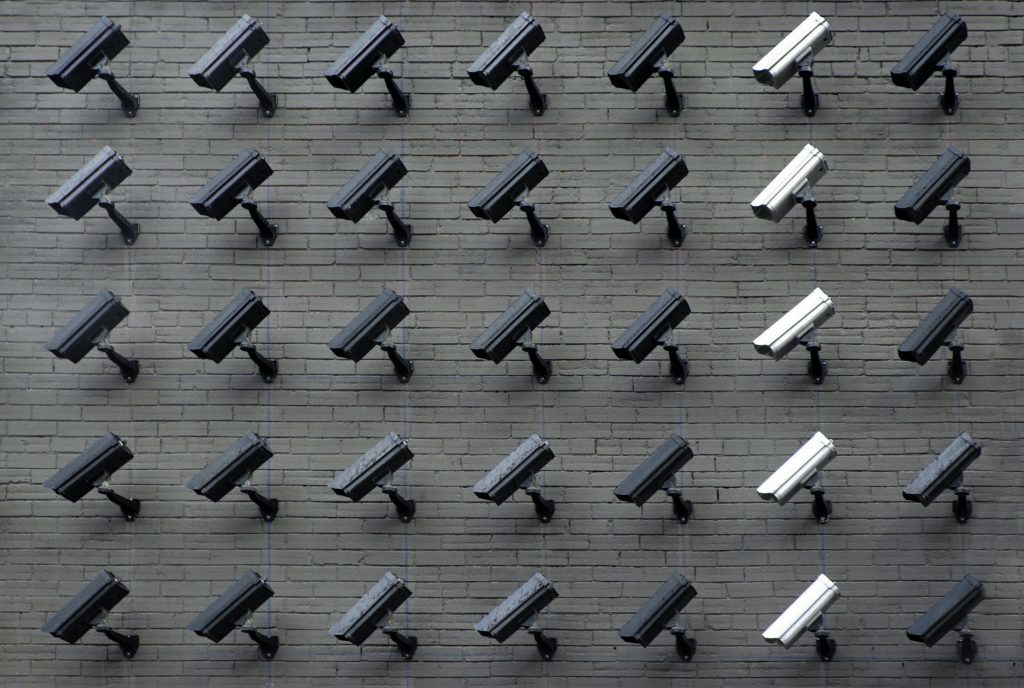Industry 4.0 is the next phase in the industrial revolution and builds heavily on interconnectivity, automation, machine/deep learning, AI (i.e., Artificial Intelligence) and real-time data analysis. By embedding IoT (i.e., Internet of Things) and smart manufacturing processes into its core, Industry 4.0 combines physical production and operations with digital technologies to create a better and more connected ecosystem. This will mainly improve companies that focus on physical manufacturing, however it’s not limited to these type of companies only. While these companies and organizations might operate very differently from each other, they all face a common challenge that Industry 4.0 wants tries to solve:
The need of being connected and having access to real-time insights across various processes, partners, products, and people.
All these technological improvements are a great, however, one might wonder if we aren’t thereby missing out on the two important knowledge domains of ‘society and culture’ and ‘feelings and expectations’?
From first, to fourth revolution
In order to properly understand this new industry, it is important to know how the manufacturing processes have evolved since their first revolution in the late 1700s. Lets dive a bit deeper into each revolution:
- The first industrial revolution took stage in the late 1700s to early 1800s. During this period, manufacturing shifted from the use of manual labor performed by people and their work animals, towards a more optimized form of labor performed by people using water and steam-powered machines. Basically reducing the overall physical load. The textile industry was one of the first to transition into this industry.
- The second industrial revolution, also the technological revolution, took place during late 1800s to early 1900s. The introduction of extensive railroad and telegraph networks, as well as the increasing electrification in factories, resulted in more mobile and efficient machinery. An increase in manufacturing capacity and the realization of ideas like the ‘assembly line’ further boosted productivity.
- The third industrial revolution, also the digital revolution, slowly started to emerge during the mid/late 1900s. Manufacturers started to incorporate more electronic, and eventually computer, technology into their facilities. More emphasis was put on digital technology and automation than the traditional analog and mechanical technologies.
- During the last few decades, a fourth industrial revolution has started to emerge. Also known as Industry 4.0, its focus is to increase interconnectivity, information transparency, technical assistance and decentralized decision making. Offering a more comprehensive, interlinked, and holistic approach to manufacturing. Connecting more of the physical with digital and empowering businesses to better control and understand every aspect in their operation. Data boosts productivity, improves the processes and generates more growth.
What’s the catch?
It’s easy to forget the challenges and sacrifices that come along with a major shift towards a new industry. The first revolution increased the standard of living for the middle and upper classes, while the poor and working classes continued to struggle. Mechanized labor made work in factories more tedious and often more dangerous. Workers were forced to work long hours for small wages, child labor was booming and the cotton industry strengthened its hold on slavery.
The second revolution is even more questionable. On one hand, moving to the city and inventions like clothing, communication and transportation became more affordable and accessible to the masses. On the other hand, unsafe working conditions were common and pollution from coal and gas has resulted in new, yet unresolved, challenges. After the 1920s the revolution ended with the stock exchange crash of 1929. The consequences of which at least partially led to the events of World War II.
The digital revolution brought us microelectronics, microprocessors, internet, and many more. It laid out the groundwork for all the modern electronics we use today. Computers and communication technology have taken up an irreplaceable role throughout parts of our world, and countries are becoming less dependent on traditional agriculture and industry. This is the so called ‘service’ society, where the computer starts to relieve the masses from mental labor.

Industry 4.0 is taking the third revolution to the next level and is expected to further reduce the total number of jobs as a result of increasing automation. Then there are privacy concerns, increased risk of cyber attacks (e.g., ransomware attacks, software supply chain attacks, phishing, etc.), high failure rates (e.g., lack of direction, cross-functional project with conflicting interests/goals, etc.), and the rising number of physical and mental issues.
Perhaps unsurprisingly for some, it’s quite hard to find any substantial ‘negative’ information on Industry 4.0. Industry 4.0 is just getting started, making it therefore complicated to predict its outcome. History, however, has proven to be a vital element in giving us a better indication of what we can expect (e.g., human behavior, etc.). For better or worse, we should not forget about it.
Meet Society 4.0
The shift towards a more connected industry has become more apparent during the COVID-19 pandemic. World leaders are, with phrases like ‘The Great Reset’ and ‘Building Back Better’, visibly starting to push our current systems and institutions into the transition towards Industry 4.0. The emphasis seems to lay mostly on reinventing capitalism, building green and providing inclusivity. More in-depth information on the ‘how’ and the ‘what’ of these plans is hard to find.
It seems clear that Industry 4.0 has very little of the social aspect in mind. Relieving the masses of more and more physical and mental work, ignoring our basic human needs and rights, and focussing on digital interconnectivity instead. Combine this with the aforementioned ‘reinvention of capitalism’, and we are heading towards a society where holistic perspectives are easily discredited in favor of one singular system.
Not all is set is stone…

Meet Society 4.0, a society where the holistic perspective is front and center. Embracing the technology of tomorrow and adding people back into the equation. A society where we rely on our insights, trust the wisdom of the group instead of fighting it, have working feedback systems, and where no one is boss. This is only possible by involving people. Using Industry 4.0 technology to enable our ideas, instead of letting it define our ideas.
At DUCKMADE, we want to put Society 4.0 technology into the hands of your organization. Enabling everyone within the organization to capture new ideas from colleagues, creating a group effort for moving the organization into new directions. We are talking about inclusivity and letting everyone fulfill their passion!
We know that it can be hard to fully include everyone in an important meeting or a difficult decision making step. That’s why we are currently working on a new software communication platform. This platform lets anyone within the organization find the answers to a series of questions in just a matter of seconds. It can be used in, but is not limited to, any scenario where feedback and perspective from others is crucial (e.g., meetings, organization-wide decisions, etc.). Knowing what others can bring to that table can give you and the organization, a vital head start in this already crowded market.
Want to know more about our software platform? Stay on the lookout for any upcoming blog posts and/or contact us for more information!




